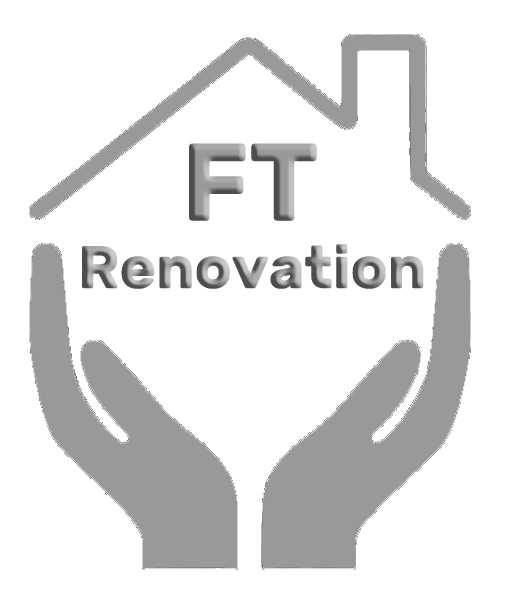Different Types of Ranges/Ovens: Pros and Cons
A range or oven is a crucial appliance in any kitchen, providing a convenient way to cook and heat food. With various options available, it’s essential to understand the differences between them to make an informed decision when purchasing or upgrading your cooking setup. Here are some common types of ranges/ovens, their pros, and cons:
1. Electric Ranges
- Pros:
- Easy to clean
- Fast heating and cooling
- Energy-efficient
- Wide range of cooktop sizes available
- Cons:
- Limited heat control
- May not be suitable for high-heat cooking (e.g., searing meat)
- Can produce hot spots
Electric ranges are a popular choice due to their ease of use and cleaning. They feature a smooth, flat surface that allows for easy wiping down and minimal crevices where food can accumulate.
2. Gas Ranges
- Pros:
- Fast heat-up time
- Better control over heat levels
- Suitable for high-heat cooking (e.g., searing meat)
- Can be used with a variety of cookware materials
- Cons:
- More difficult to clean than electric ranges
- Requires proper ventilation to prevent carbon monoxide buildup
- May produce uneven heat distribution
Gas ranges are ideal for those who prefer the precision and control offered by gas cooking. They feature burners that provide a consistent flame, allowing for precise temperature adjustments.
3. Induction Ranges
- Pros:
- Energy-efficient (up to 90% efficient)
- Fast heating and cooling
- Minimal heat loss
- Safe from burns due to the absence of open flames or hot surfaces
- Cons:
- Limited cookware compatibility (only works with ferromagnetic materials, such as cast iron or stainless steel)
- Can be slow to heat up certain types of cookware
- May not be suitable for high-heat cooking
Induction ranges use electromagnetic fields to heat cookware directly. They are an excellent choice for those who prioritize energy efficiency and a safe cooking environment.
4. Convection Ovens
- Pros:
- Faster cooking times due to circulating hot air
- Even heating and browning
- Can be used for both baking and roasting
- Energy-efficient (by reducing cooking time)
- Cons:
- May not be suitable for delicate or sensitive foods (e.g., souffles, meringues)
- Requires more planning and attention due to the accelerated cooking process
Convection ovens use fans to circulate hot air around food, promoting faster and more even cooking. They are ideal for those who prioritize convenience and speed in their cooking.
5. Microwave Ovens
- Pros:
- Fast reheating and cooking times
- Energy-efficient (by reducing cooking time)
- Suitable for defrosting and cooking small portions
- Easy to clean
- Cons:
- May not be suitable for cooking large or complex meals
- Can produce uneven heating and hot spots
- May not preserve nutrients as well as other cooking methods
Microwave ovens use non-ionizing radiation to heat food quickly. They are an excellent choice for those who prioritize speed and convenience in their reheating and cooking tasks.
When choosing a range or oven, consider your cooking habits, the type of cookware you use, and the level of precision and control you require. By understanding the pros and cons of each option, you can make an informed decision that meets your specific needs and preferences.

